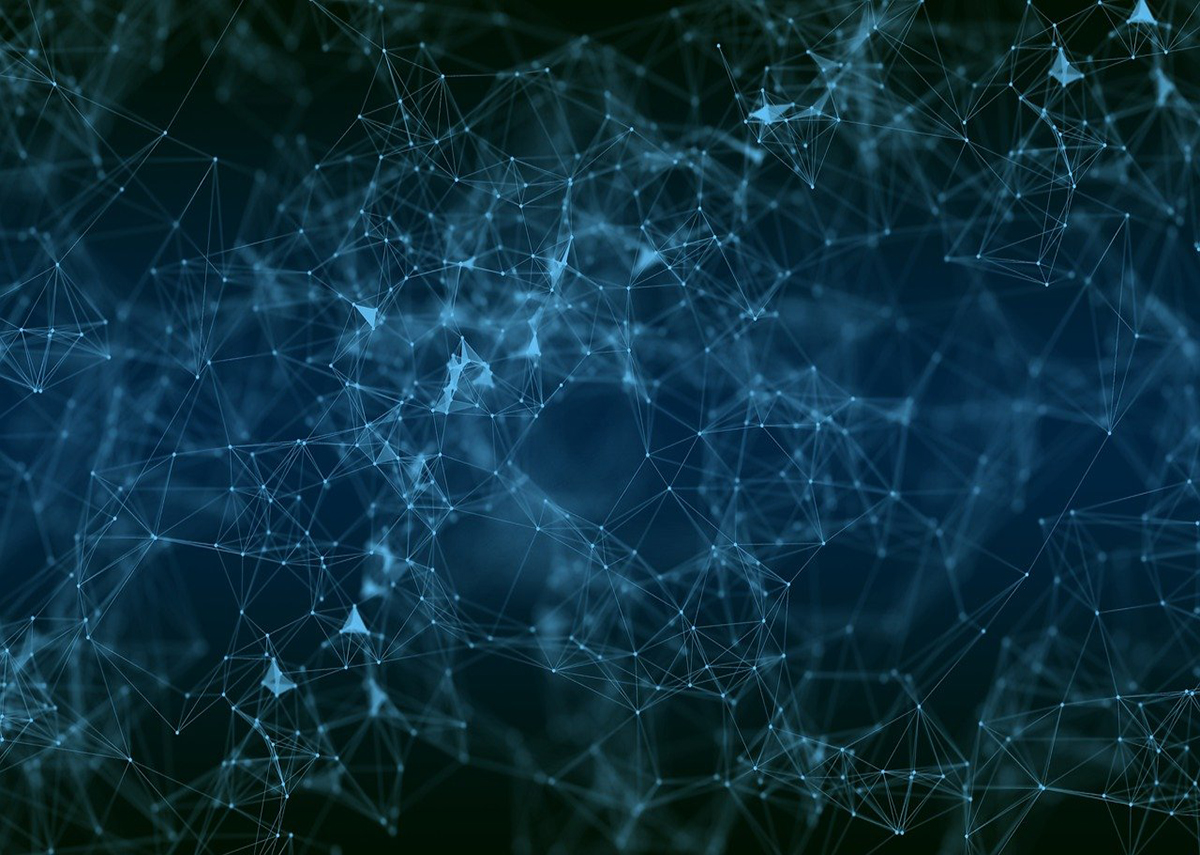Understanding High-Performance Computing in 2022
Share

High-performance computing or HPC performs complex calculations in real-time. Furthermore, it processes data and solves a wide range of problems related to the data processor. HPC solutions perform tasks at the speed of quadrillions per second. Meanwhile, a 3 GHz processor calculates 3 billion bits of data in a second.
A notable example of HPC solutions is the supercomputer. A supercomputer includes thousands of computer nodes. These nodes work together and perform one or more tasks. This type of data processing is called parallel processing. HPC is similar to thousands of computers connected, combined to complete tasks faster.
The benefit of High-Performance Computing
HPC solves a wide range of problems such as fueling innovations, improving quality of life, and making scientific discoveries. HPC is the basic pillar for industrial, scientific, and societal revolutions. Technologies such as artificial intelligence, the Internet of Things, and 3-D imaging collect a massive number of data. Managing and processing this data isn’t possible without high performing computing system.
High-performing computing can help in many fields such as:
- Analyzing stock trends
- Streaming a live sporting event
- Tracking a developing storm
- Testing new product
Businesses should introduce HPC systems to manage these complex tasks. That way they can stay ahead of other organizations and competitions. Also, they can store and analyze a tremendous amount of data in seconds.
What are Super Computers?
A supercomputer contains super-fast machines and can use huge clusters of servers. Furthermore, these high-performing computers have one or more CPUs to perform tasks. A supercomputer has thousands of computing nodes. These nodes work together to complete complex tasks.
Today, supercomputers have aggregating computing power and performance than regular computers and servers. It solves complex problems in a wide range of fields such as science, business, and engineering.
How Does HPC Works?
There are three major components of HPC solutions:
- Computation
- Network
- Storage
Computer servers require a cluster of networks to create high-performance computing architecture. Software programs and algorithms use servers in clusters to solve complicated problems. The structure of the cluster captures the output. It works as a data storage center. These components work together to complete different tasks.
If you want better results, you need to make sure that every component properly works. For instance, the storage component should collect data from servers. Then it should immediately process data.
On the other hand, network components should support the system with high-speed data transportation. The data travel between the data storage system and servers. If one component cannot perform well the entire HPC infrastructure will fail.
Conclusion
HPC combined with deep and machine learning can solve global issues such as climate modeling and genomics sequencing. Numerous IT tech companies such as Intel are merging HPC and AI tools. As a result, we would be able to create an ecosystem for future development in various fields.
Furthermore, the medical and business sectors can also receive significant benefits from these tools. HPC is a new concept and have high potential. It requires more advanced computers and servers to handle complicated tasks. In the future, we would see more advancement in HPC.




